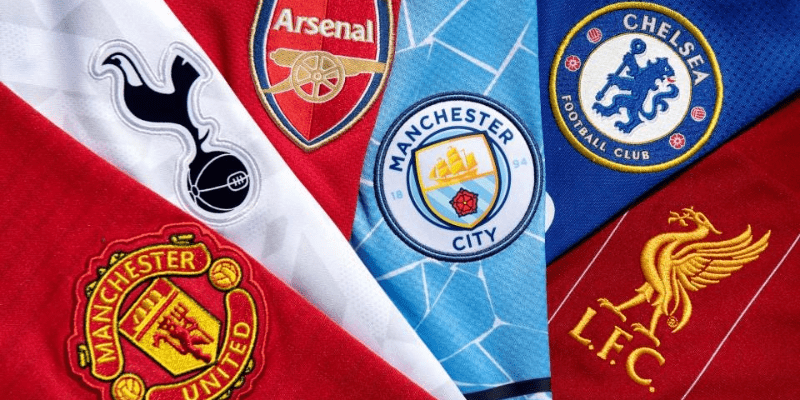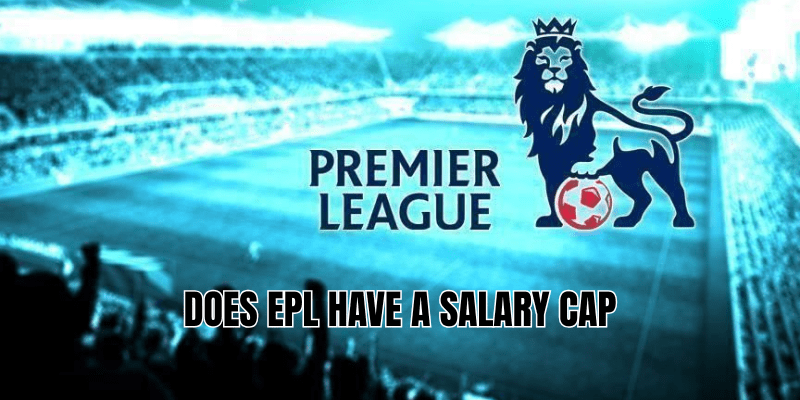The question does EPL have a salary cap is on the minds of many fans as clubs’ spending grows ever wilder. The short answer? Not yet — but big changes are in the works. Starting from the 2025-26 season, the Premier League is set to introduce new spending rules that act very much like a salary cap, limiting how much clubs can spend on player wages, transfers, agents’ fees, and related costs. These reforms will replace the current Profit and Sustainability Rules (PSR).
Below, 2hanBall will walk you through everything you need to know: what the current rules are, what’s changing, who supports or opposes the changes, and what it means for clubs and fans alike.
What are the current financial rules in the Premier League?

- Under the Profit and Sustainability Rules (PSR), Premier League clubs are allowed to lose a maximum of £105 million over three seasons. If a club breaches this, they face penalties such as points deductions.
- PSR has faced criticism: it’s viewed as reactive rather than preventative, and clubs like Everton and Nottingham Forest have already been punished under PSR this season for exceeding losses.
So, no strict salary cap exists yet under PSR — clubs can spend as much as they like, so long as their accumulated losses don’t exceed the permitted threshold over three years.
What’s changing? The proposed cap & spending rules

From 2025-26, the Premier League wants to implement new rules (which many call a salary cap or spending cap) to replace PSR. These are the main elements:
Cost control ratios
- Clubs not in European competition will be limited to spending 85% of their revenue on squad costs (wages + transfer fees + agents’ fees).
- Clubs in European competition will have a tighter limit: about 70% of revenue.
Anchoring / hard spending ceiling
- In addition to the percentage limits, there will be an “anchoring” mechanism. This ties the maximum spending to a multiple of the TV revenue earned by the league’s bottom club.
- For example, if the lowest-earning club gets ~£103.6 million, and the anchor multiple is set at ~4.5 or 5, then any club would be capped at something like £466 million to £518 million in squad costs.
Who supports it, who doesn’t — the politics behind the cap

- Most Premier League clubs have voted in favour in principle of introducing this spending cap.
- However, Manchester United, Manchester City, and Aston Villa voted against the anchoring approach. Chelsea abstained.
- The Professional Footballers’ Association (PFA) has expressed concerns, particularly about any “hard” wage cap (i.e., rules that limit what players can be paid).
What the proposed system means in practice
Here are some scenarios and implications under the new rules:
- Big clubs with huge revenues will still have a headroom to spend, but they’ll be more constrained relative to their income and relative to what’s happening at the bottom of the table. Huge transfer fees, lavish agent payments, and sky-high wage bills will be curbed.
- Clubs without European competition may find it easier to stay within 85% of revenue, but they’ll also rely more on commercial income, player sales, and efficient transfers to 2hanBall







